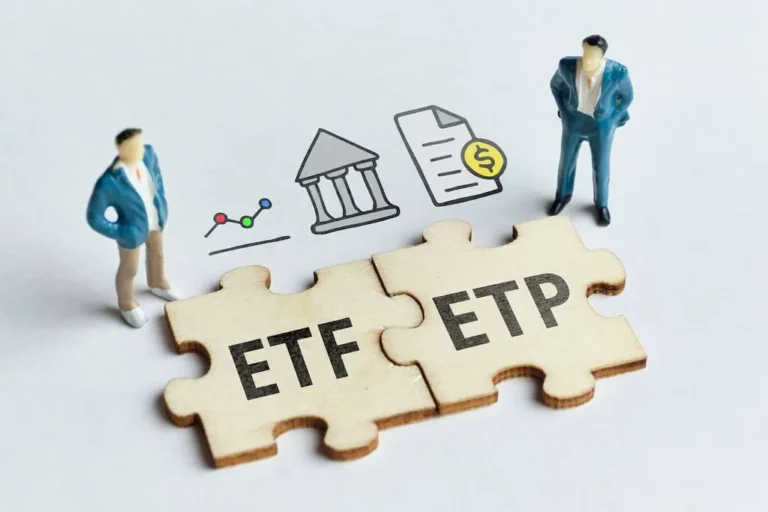Content
Today’s blockchain technology has elevated this concept to a practical https://www.xcritical.com/ reality. Contracts aren’t just written and signed; they are programmed, automated, and self-executed, marking a significant leap in handling agreements in the digital age. This means that once launched, they cannot be changed or upgraded, which can lead to disastrous consequences if there are underlying issues with the code.
Create a Free Account and Ask Any Financial Question
Some may have additional elements depending on what they are designed to do. Let’s consider a real-life scenario in which smart contracts are used. AXA, an insurance company, provides flight delay insurance utilizing Ethereum smart contracts. For example, you might use a smart contract to automatically send $50 smart contract examples worth of cryptocurrency to a family member when it’s their birthday. The payment function would trigger when it detects their birthday (e.g. via a trusted data provider like an oracle), with no manual input needed from you or anyone else.
Get the latest Chainlink content straight to your inbox.
They can process transactions, manage agreements, and even create other decentralised apps. Parametric insurance is a type of insurance where a payout Prime Brokerage is tied directly to a specific predefined event. Smart contracts provide tamper-proof infrastructure for creating parametric insurance contracts that trigger based on data inputs.
Smart Contract Vulnerabilities and Risks
Smart contracts are the fundamental building blocks of Ethereum’s application layer. They are computer programs stored on the that follow “if this then that” logic, and are guaranteed to execute according to the rules defined by its code, which cannot be changed once created. The lack of regulation and legal precedent creates uncertainty, which may discourage some businesses from adopting smart contracts.
A Smart Contract (or cryptocontract) is a computer program that directly and automatically controls the transfer of digital assets between the parties under certain conditions. A smart contract works in the same way as a traditional contract while also automatically enforcing the contract. Smart contracts are programs that execute exactly as they are set up(coded, programmed) by their creators. Just like a traditional contract is enforceable by law, smart contracts are enforceable by code. Analog contracts remain the standard in transactions; smart contracts are not used by everyone, everywhere, said Brian Platz, CEO and founder of Fluree, a North Carolina-based Web3 data platform. “Hurdles come with implementing this new technology, including issues concerning programming language as well as companies and industries that may hold out on adopting it,” Platz said.
- Because they run on top of blockchains, smart contracts are automatically and deterministically executed exactly as programmed.
- “The transparency of smart contracts allows retailers and suppliers to communicate and address issues in real time,” he said.
- This includes making consistent high-impact contributions and actively promoting the adoption and usage of the project.
- These smart contracts don’t just ‘execute’; they enforce the rules of the agreement, too.
- While Hashcash was designed in 1997 by Adam Back, the original idea was first proposed by Cynthia Dwork and Moni Naor and Eli Ponyatovski in their 1992 paper “Pricing via Processing or Combatting Junk Mail”.
- In comparing various financial products and services, we are unable to compare every provider in the market so our rankings do not constitute a comprehensive review of a particular sector.
Remove friction, build trust and unlock new value with IBM Blockchain. See how blockchain is solving problems for businesses and industries and get inspired. While blockchain technology has come to be thought of primarily as the foundation for Bitcoin, it has evolved far beyond underpinning a virtual currency. In fact, we’re likely still just scratching the surface of what systems can be eventually redesigned with blockchain.
Many of Szabo’s predictions in the paper came true in ways preceding blockchain technology. For example, derivatives trading is now mostly conducted through computer networks using complex term structures. There have been several different efforts to employ blockchains in supply chain management. In fact, the idea of a self-executing digital contract has been around for more than two decades. It was first mentioned in the 1990s by a man many call the father of smart contracts—renowned computer scientist Nick Szabo. One of these industries is known as ‘decentralized finance’, or ‘DeFi’.

A smart contract is a program that defines a set of rules, or “contract” that automatically executes the encoded rules when called by a user on the blockchain. In particular, once a smart contract is deployed, it will always function identically – it cannot be modified or taken control of by a bad actor. With Ethereum, you can build a smart contract to hold a contributor’s funds until a given date passes or a goal is met. Based on the result, the funds are released to the contract owners or sent back to the contributors. The centralized crowdfunding system has many issues with management systems.

Smart contracts require an external party to trigger functions based on preset triggers, which requires a dedicated automation service. To learn how to automatically execute smart contract functions, read this blog. Effectively, it’s possible for smart contracts—with the right design—to eliminate counterparty risk, often defined as the percentage risk that a counterparty will not fulfill its obligations.
Smart contracts are visible to everyone on the blockchain on which they reside. Bugs, security holes and other vulnerabilities roll out the welcome mat for hackers, said Tantsiura of the App Solutions Company. That lack of privacy also makes smart contracts less than ideal for discreet transactions, for instance the purchase of art by a buyer who’d just as soon remain anonymous.
A bug on just one line of code can damage the platform and spark the loss of millions of dollars. Complex smart contracts, he explained, require hundreds of lines of codes. In contrast, simple smart contracts, like those used to create basic NFTs, can be deployed with only 10 lines of code and an import function. Ethereum is a decentralised blockchain platform designed specifically for creating and executing smart contracts. A smart contract in Ethereum is a self-executing contract where the terms of agreement or conditions are written into lines of code.
These tools consolidate all the parts of smart contracts into a single graphical user interface, or GUI. Popular dapps will often post their smart contract audit results in the footer of their website, providing confidence to users who don’t have the time or expertise to check its code themselves. Likewise, simple bad code can render smart contracts effectively useless. This was seen with the August 2020 collapse of the DeFi yield farming project known as YAM, which used unaudited smart contracts and was thwarted by a critical bug that nullified its governance feature. A smart contract on its own can only be used for one type of transaction.
Smart contract platforms have grown to become one of the most significant sectors of the crypto economy. Of the top 10 crypto assets by market capitalization (based on data from CoinMarketCap), three are smart contract platforms, with one—Ethereum—second only to Bitcoin itself. Although smart contracts are generally considered to be a “trustless” way of enforcing agreements and logic, they aren’t without their fair share of problems. The exciting thing about smart contracts is it means anyone can enter into an agreement with anyone else, with the blockchain keeping a record of the whole thing. The difference with smart contracts is, instead of a bank (or any third party) being the controller of that decision, the blockchain makes the determination.
